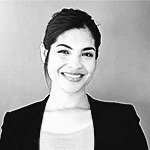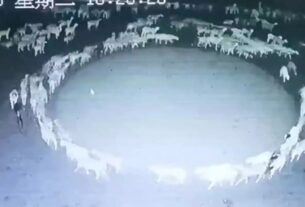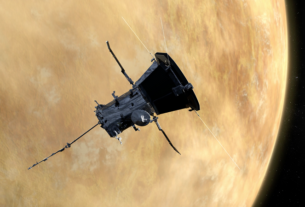Nowadays, passengers on airlines expect an easy ride with minimal disturbance. While turbulence can’t be completely prevented, considerations for aircraft and designs restrict the experience passengers get.
Electronic vertical takeoff and landing (eVTOL) aircraft could become a crucial component of the future of air transport; however, in order to make a market, the designers must provide a pleasant passenger experience.
NASA’s Advanced Air Mobility (AAM) mission is to study the quality of rides to better understand how these aircraft can be designed to ensure a perfect passenger experience. NASA research provides design advice to manufacturers of industry to ensure that passengers have smooth and safe travel.
“We think that AAM aircraft ought to have a lower level of noise inside the cabin, with low vibrations of the rotors, and be more resistant to turbulence,” stated Carlos Malpica, technical head of the flight dynamics and control section of the project. NASA’s groundbreaking Vertical Lift Technology (RVLT) “They require the aircraft to operate in a consistent way that is repeatable and not aggressive and doesn’t cause abrupt accelerations or a rotation on the part of the aircraft.”
NASA’s AAM mission is studying the physiological responses of humans to vibration, motion, and noise that the team expects passengers to encounter when flying eVTOL.
In the past, the RVLT project conducted research within the Vertical Motion Simulator of the NASA Ames Research Center in Silicon Valley, California. Volunteers who posed as passengers took part in two short-duration simulator flight flights with various levels of turbulence. One flight was tranquil, the other was tense. The study looked at the susceptibility to motion sickness in these conditions on the eVTOL aircraft. NASA plans to conduct further studies similar to this one to study the effects on passengers.
The AAM mission is comprised of a variety of projects that focus on various areas that will help eVTOL aircraft as well as other ingenuous aircraft take to the skies. This involves work on noise, automation, vehicles and vertiports, and airspace integration to ensure that everyone is secure while flying. Industry, government agencies, and the public have to work together to construct new highways that are in the air.
NASA’s goal is to develop innovative, secure, and cost-effective air transportation systems in conjunction with industry, the community, and Federal Aviation Administration partners. This new capability will let cargo and passengers fly on demand on modern automated aircraft throughout the city, across neighboring cities, and to other destinations that are typically accessible by car in the present.

Email: mary@satprwire.com Phone: +44 20 4732 1986
Marry is a fitness freak in every manner and gives proper care about her health and of others. She is probably the best person we have at Daily Research News for covering articles from the Health sector. If not at work, she can be seen drinking a cup of coffee.



